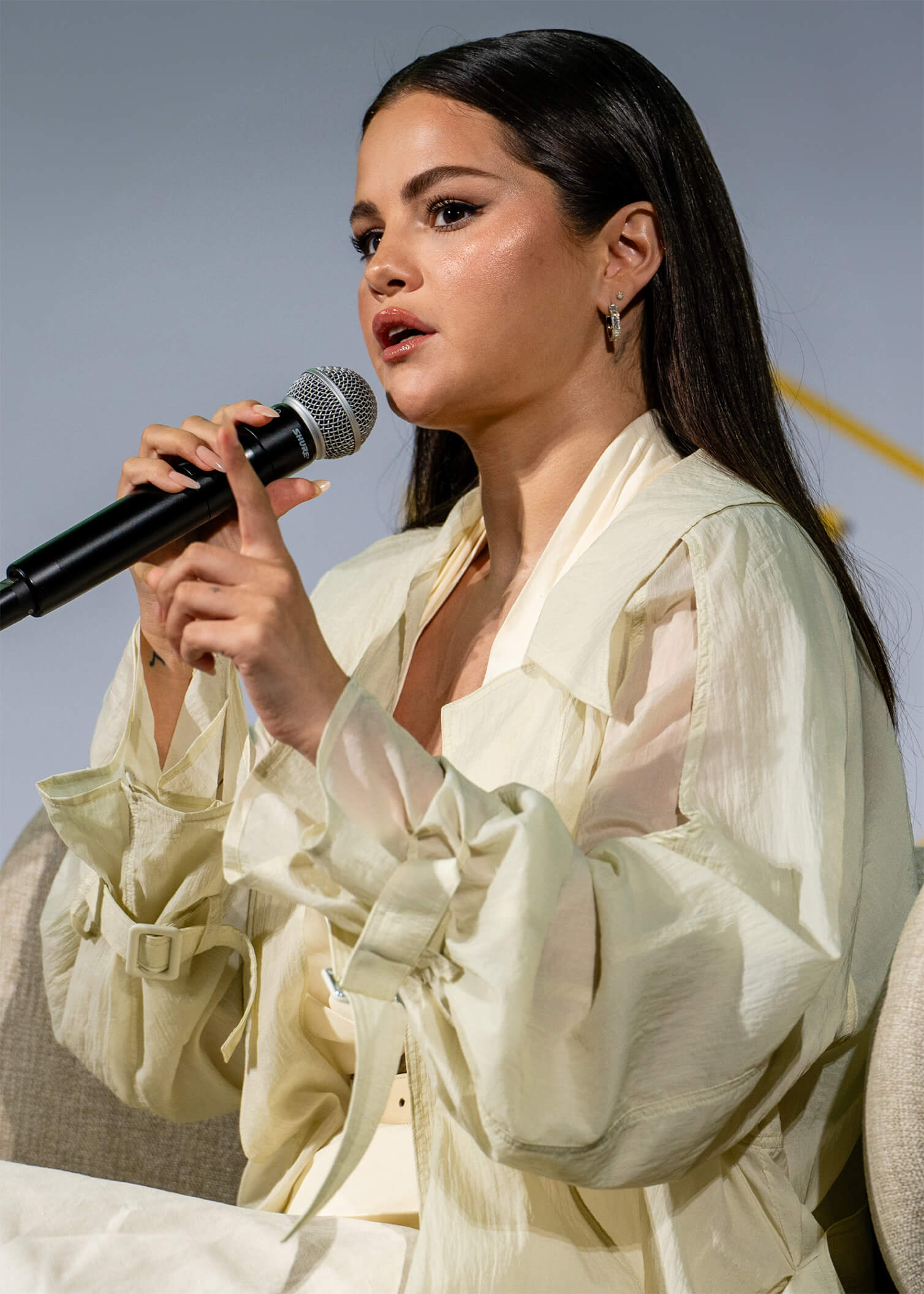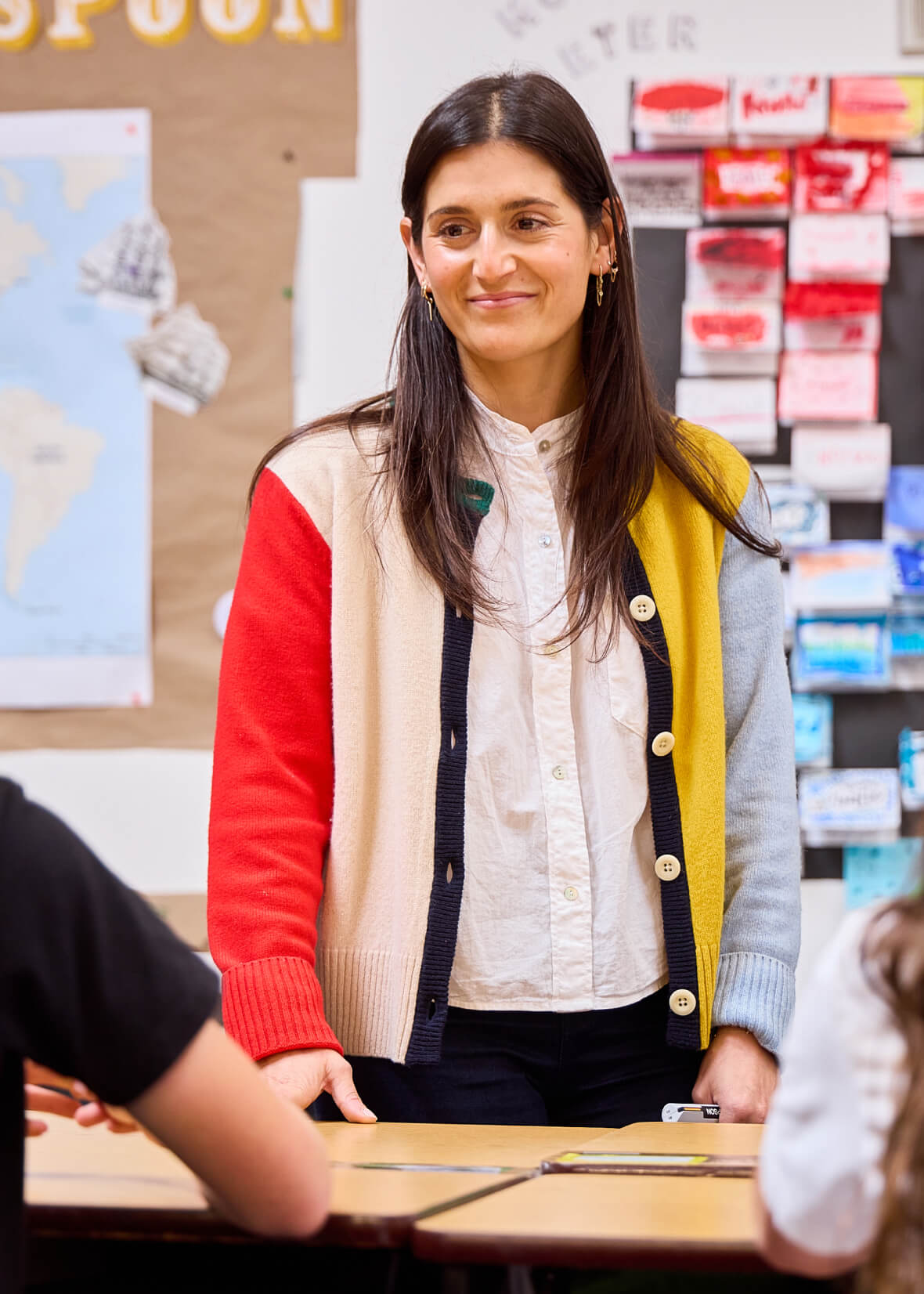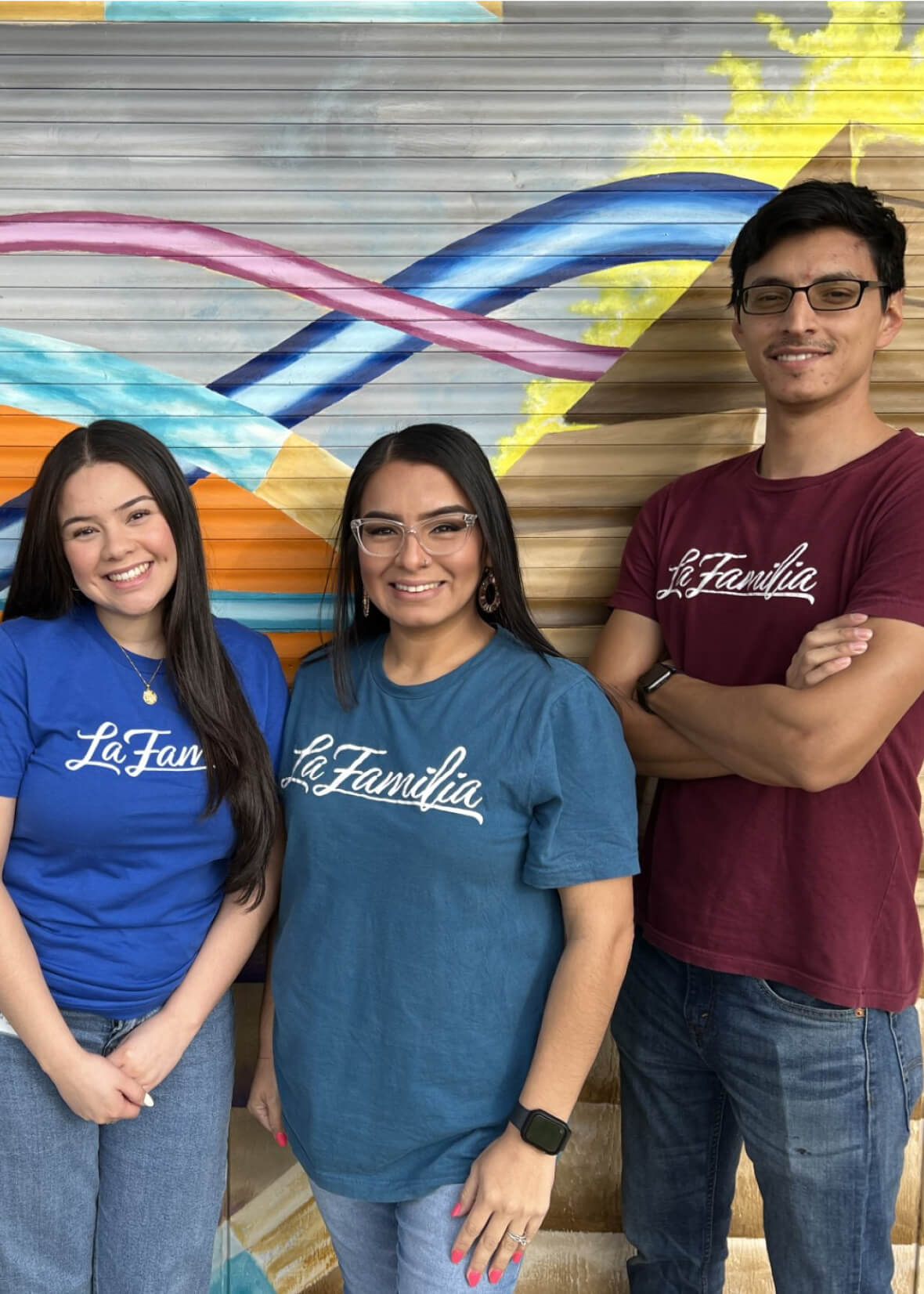According to Mental Health America, 60% of Gen Z youth ages 12 to 17 with major depression do not receive treatment. Other studies show that around half of children and youth who need mental health care do not get it.
Recent data also tells us that global governments are allocating only 2% of their budgets toward mental health, and only 34% of responding countries indicated that their financial needs had been met.
As global governments come up short, private donations are proving to be essential. Yet just 0.5% of global health philanthropic spend went to mental health in 2021, according to WHO.
The Rare Impact Fund bridges the gap between donors and non-profits to generate much-needed financial support for mental health. Chief among priorities is supporting non-profits providing services to underrepresented populations as we recognize that mental health disparities among young people who are Black, Indigenous, and/or people of color (BIPOC), and LGBTQ+. are severely under resourced. The Rare Impact Fund portfolio is currently 40% BIPOC-led; globally, 20% of our non-profit partners are managed by leaders of color.
The Rare Impact Fund is shifting donor attention to non-profits making a tangible difference in the mental health space, ultimately changing the way they allocate funding.



